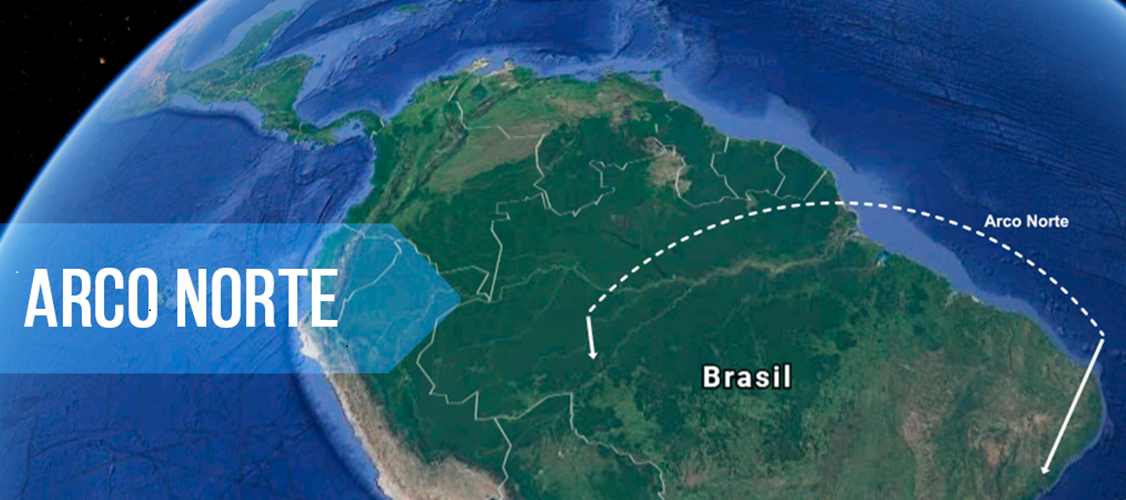
Severe Drought Threatens to Increase Fertilizer Import Costs Through Northern Brazil Ports
Sep, 16, 2024 Posted by Sylvia SchandertWeek 202437
The worst drought in 20 years in Northern Brazil could increase the cost of importing fertilizers through the region’s ports, which serve producers in the Midwest. With reduced river levels, ports in the so-called Northern Arc are facing navigation problems, potentially leading to route diversions for vessels, higher costs, and possible delivery delays.
In Porto Velho (RO)—one of the four Cargo Transshipment Stations (ETCs) operating on the Madeira River—navigation is currently halted due to the river level being “negative,” according to João Petrini, a logistics and fertilizer specialist at market intelligence agency Argus.
According to the Brazilian Geological Service, the Madeira River level in this area was 79 centimeters as of September 10—down 27 centimeters in a week and below the median for the period, which is 352 centimeters.
Given this situation, Petrini says fertilizers in transit from abroad to the Northern Arc ports are expected to face delays upon arrival.
While the Northern Arc is not the primary route for fertilizer imports into Brazil, it has become an alternative to the highly demanded Port of Paranaguá and has been increasing its share. According to Argus, from 2020 to 2024, fertilizer imports through this route more than doubled, rising from 1.5 million tons in the first half of 2020 to 3.7 million tons in the first half of this year.
The Northern Arc’s share of imports stands at 20.8%, with Paranaguá as the primary entry point, holding a 30% share.
Petrini believes that the situation at Northern Arc ports could significantly increase demurrage costs or rerouting to other ports if river water levels decrease further.
The specialist says that in the event of a complete halt in river transport in the region, alternative routes for fertilizer distribution would include the Itaqui port in São Luís (MA) and terminals in the South and Southeast of Brazil.
According to Eduardo Nery, Director-General of Antaq, the National Department of Transport Infrastructure (DNIT) has been conducting emergency dredging to ensure barge cargo circulation. Still, navigation for larger vessels is already compromised.
“For barge navigation requiring up to 3.5 meters of depth, dredging solves the problem. However, transport is at its limit for vessels requiring a deeper draft of seven to nine meters, no longer passing in some parts of the Amazon River, and will soon be completely impossible,” notes the executive.
Since August, three suction and dredging equipment operating on the Madeira River have dredged 330,000 cubic meters of sediment. According to Antaq’s Director-General, the forecast is to dredge 1.3 million cubic meters by the end of this year.
“The solution to avoid shortages is to use floating transshipment stations and have vessels continue navigation by barge,” says Nery. With these interventions, Antaq expects no interruption in navigation. However, the impact on logistical costs is inevitable.
In June, grain freight from Sinop (MT) to Miritituba (PA) reached R$278 per ton, stable compared to the same period in 2023. According to Argus, fertilizer freight on the return route from Miritituba to Sinop was R$143 per ton this year, up from R$137 last year.
Nery from Antaq states that dredging is crucial for mitigating and maintaining navigation but acknowledges that escaping the impacts on efficiency and transport costs will be challenging.
Source: Globo Rural
-
Oil and Gas
May, 12, 2021
0
Petrobras increases petroleum exports via Port of Açu
-
Shipping
Feb, 26, 2025
0
Lula Signs Deal to Build 44 New Vessels in Brazil
-
Economy
Jun, 07, 2024
0
Oil leads the way as extractive industry drives trade surplus
-
Ports and Terminals
Nov, 16, 2021
0
Navegantes YTD handling hits record-breaking 1 million TEU

